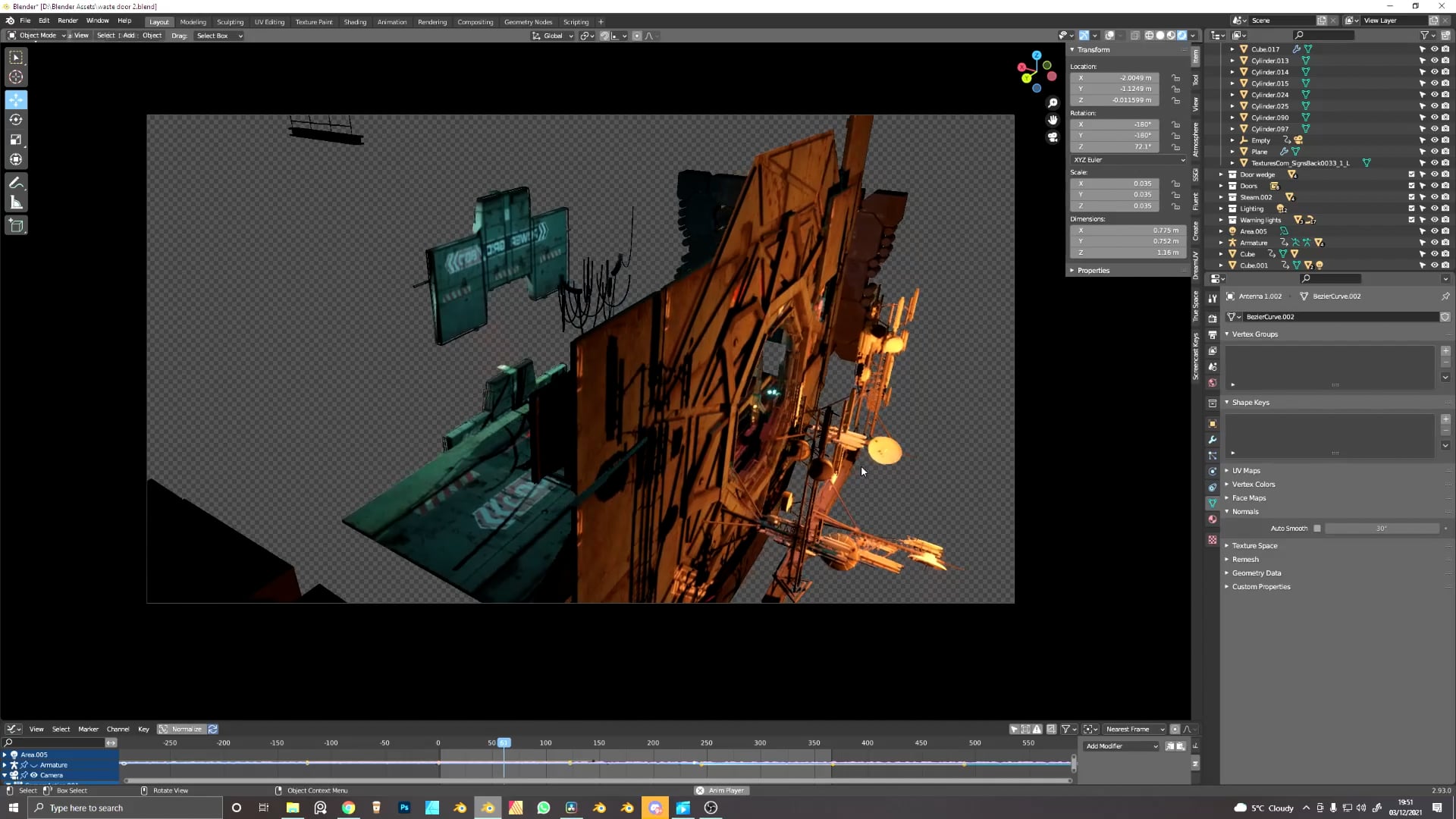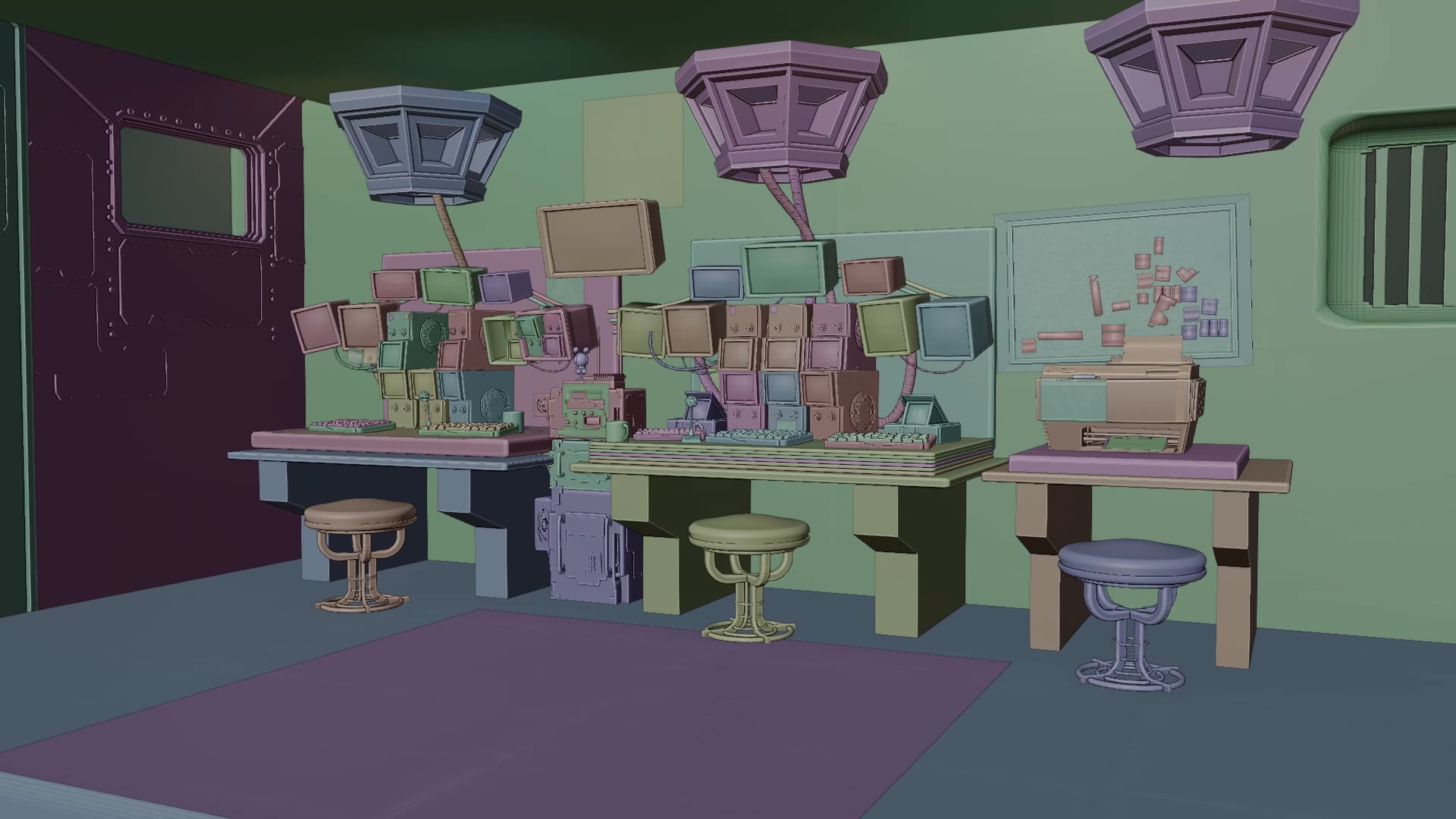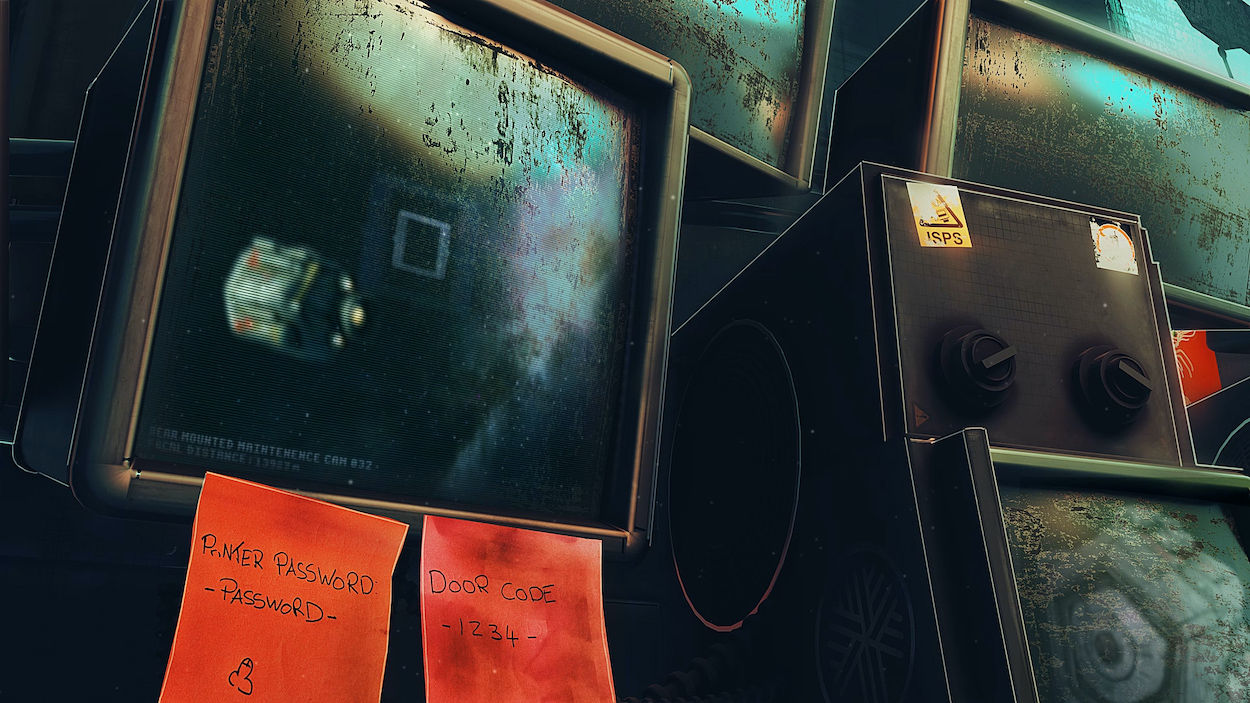How does the writing and directing process for voice acting and animation differ from that of live action filmmaking? Do you prefer one to the other?
It’s an interesting thing writing these, especially without much experience in writing animation or, in fact, animating. I think the first pass Joe and Rowen do is super dialogue-reliant and after we have conversations about the funny things we could animate that gets fed into a later draft.
There is also a lot of improv more often than not so it’s nice to leave some room for that! There are advantages to animation, like not having to rely on weather or worry about crew overtime, but it certainly can be a little more lonely, especially as we have done all of this remotely so far.
How did you find bringing an American voice (Zach Braff) to the dry British humour of Floaters, with its sarcasm and poo jokes? Did you need to make any changes with this in mind?
So when Zach got in touch with us about lending his voice, the thing he loved very specifically was the “dry British humour”. He even mentioned that he could attempt a British accent and was probably quite relieved when we said absolutely not. Zach is just very funny and hugely experienced so we didn’t really have to change anything, he understood exactly what we were trying to do and he just made it work. Same goes for Joel Fry which, considering they both recorded separately, illustrates just how important it is to work with the most experienced people you can.
Was working on this second instalment of Floaters a saving grace for you in lockdown? How do you find being stuck inside affects your creativity?
100%! Joe and I were just getting into shooting live-action comedy together when the first lockdown hit so this really just allowed us to keep exercising those muscles while we were stuck inside. We are very lucky that for most of the pandemic our creativity has, if anything, been granted a freedom. We had never dreamed of getting into animation so our expectations were refreshingly low. It meant we were able to be creative without the usual career pressure that goes with it. Obviously, now the first one has done well, the pressure is beginning to mount but it’s still lovely to be able to work while we are stuck inside!
It’s been a year since the first Floaters episode was released. What did you learn from making the first instalment that you took with you/left behind when making the second?
Animation. We made the first one without any animation experience (I had done some 3D modelling but never animation) and coming into episode two and three with the basic experience from episode one meant we could integrate the dialogue and animation a little more. The first time round we were very conscious of what we couldn’t animate and as time has gone on, that has become less of a concern. Joe and I have also both learned a lot about each other’s working practices, which in turn means we are less likely to block each other’s numbers. Which is nice.
We noticed the nod to the first Floaters ship, RC5-01, hidden in the surveillance suite. What did you enjoy about making this episode from the perspective of the prison surveillance room?
Firstly, good spot! I think you are only the second person to notice. The surveillance suite was really fun. I knew we needed a way to break up the monotony of a pod flying through blackness and taking what we learned about perspectives on episode one I had the idea to see things through screens.
This also meant we had to essentially build two separate worlds which created way more work than I expected. Working on a more human scale meant that we had to have a lot more recognisable stuff. With episode one everything was in the distance so you could be a little more conceptual but when you are dealing with a desk you have to ask “what do desks have on them?” But then you have to ask “what do space desks have on them?” So I ended up making all sorts of random things.
Joe also expressed that if we do this, all the screens should have something different on them so then we were building prison cells and schematics and user interfaces and screensavers, then making them look old and then compositing them onto the matte paintings, then rendering it all out. The Google drive was not a pretty place I can tell you… So in short it was a stupid idea and I’m never going to suggest anything like it again. But yeah — loads of fun.
What does the future hold for Floaters?
Very much hoping Denis Villeneuve gets wind of it and wants to exec a feature. We’re thinking Dune but bigger… Failing that we’ll just keep putting them up on YouTube I guess.
This year we are also working on some live-action ideas that we’ll be putting together using some of what we’ve learnt here which we are super excited about. We’d love to do this kind of thing, in person, on a real set with other people. But yeah Denis, ready when you are.
Interview by Becca Nichols
Joseph Roberts website
@iamjoeroberts
Karl Poyzer website
Instagram @karl_poyzer_art


















